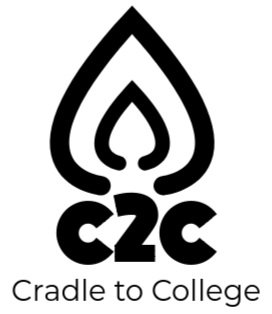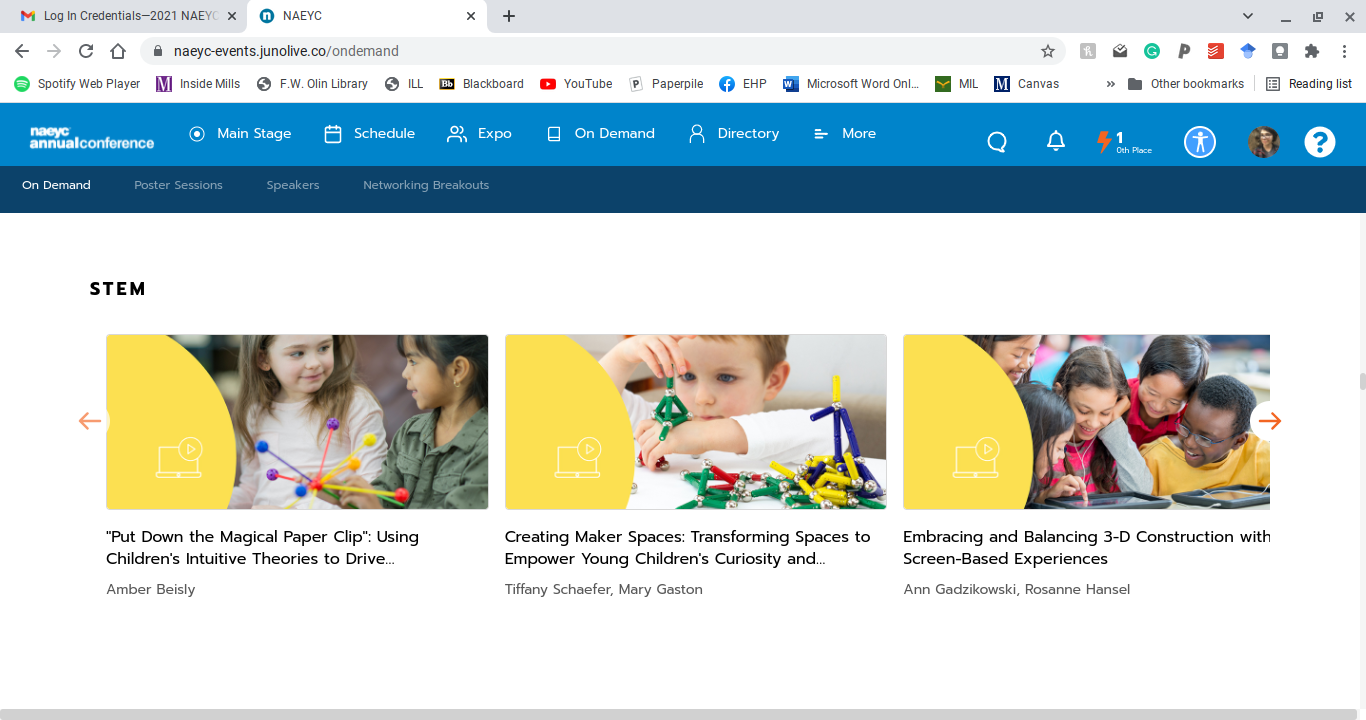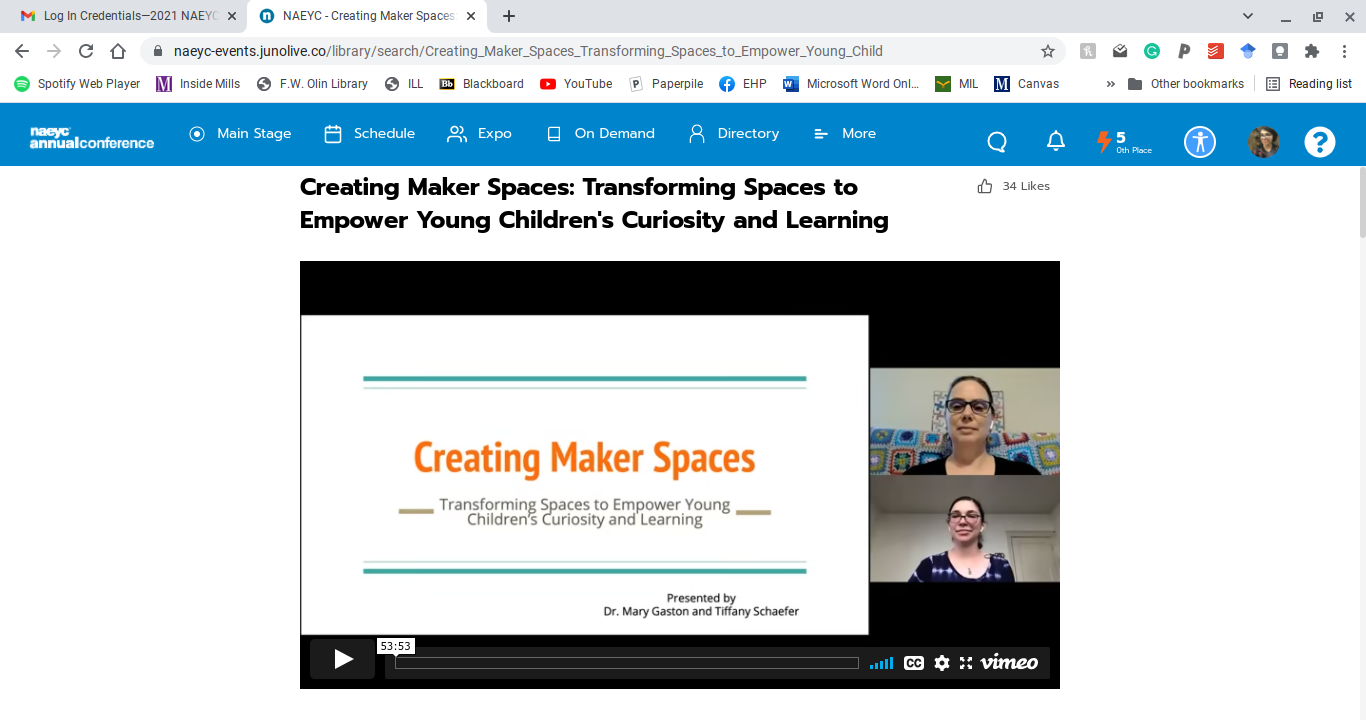In our Transformational Spaces series, we will be discussing a variety of interconnected topics around the idea of using Making and Maker Spaces to offer tangible experiences of change for both children and adults. If there is a topic you would like to see covered in-depth, please let us know, - especially if you would like an opportunity to collaborate with us on creating the content.
Transformational Spaces: Making 101
As inherently curious human beings, children love to explore with their senses. They are natural makers and creators. Many early childhood approaches seek to incorporate experiences with hands-on and natural materials to enhance children’s learning–Loose Parts Play and Reggio Emilia being among them. Since about 2010, a social phenomenon called “The Maker Movement” has sought to introduce science, technology, engineering, arts, and mathematics (STEAM) into educational settings at all levels. “Makerspaces” have popped up in schools and classrooms across the country, oftentimes at great expense. What we, as ECE educators, want to communicate is that incorporating making into your curriculum does not necessarily mean you need to purchase technology, equipment, or materials in order to introduce your children to maker-centered learning. In this series, we will be exploring different aspects of making and how to bring them into your practice with the hopes that they will unlock powerful transformational journeys for adults and children. This article will be an overview of what making is, where it came from and where it is headed.
Let’s pause a moment and define what we are talking about when we use the term “making”. The National Association for the Education of Young Children (NAEYC) has done some thinking about this topic. First, they define “tinkering” as doing stuff. This is like children randomly exploring with a variety of materials. NAEYC defines “making” as creating something from an idea in your mind. There is a plan or something from the imagination that is being brought to life. And finally, NAEYC defines “engineering” as adding external constraints to the process making–the creation “does stuff” and solves a problem, like creating a bridge out of blocks for toy cars to go across.
So, if children are already imagining, making, and creating–why should we care about infusing those experiences with STEAM activities and concepts? Well, there are a number of evidence-based reasons to do this!
1) Right from the start children are building their identity and capability.
Introducing young people, particularly girls and black/brown children to STEAM activities at this age helps them build what some researchers call “STEM-possible selves”. Making is grounded in a process of iterative design. Prototypes are made and improved on over and over again, thereby giving children lots of opportunities to practice having a growth mindset. Developing a growth mindset at an early age powerfully impacts their approach to learning as they move on to later stages of development where the product becomes more important than the process in learning.
2) Children are imaginative world builders who thrive with concrete examples.
Just as children learn through social interactions and language, they also learn through what Piaget’s protege Seymour Papert called “constructionism”. Building physical objects, especially those that are intended to be shared, help children construct knowledge of physics, math, science, etc. Children gain lots of opportunities while creating to develop their initiative, i.e. opportunities to make a plan, test it out, and see how it went. Through making activities, children also gain an understanding of the world as a place that has been designed and therefore something that can be changed and is malleable.
3) Experimentation is a problem-solving, social-emotional learning bonanza!
Making also provides many opportunities for children to learn to collaborate and communicate throughout the process of creation. While they are sharing their ideas, they are also experimenting with understanding the perspectives of others and realizing there may be many correct answers to any single issue or problem. During that process of making and collaborating, creativity is fostered and developed. Making at this early age opens up possibilities and opportunities for them to build confidence and a growth mindset that will greatly benefit them as they get older that research shows they may not have otherwise.
With a greater understanding of the benefits of making and its history, we will briefly turn to describe a resource where you can learn much more in-depth about the theories of making - Agency by Design. Although most people think of maker-centered learning (a term coined by the folks at Harvard’s Project Zero’s Agency by Design group, which we’re using interchangeably with “making”) as involving the making of physical stuff, it’s as much a mindset as it is a set of activities. Throughout the course of their ten years of research surrounding the incorporation of making into the K-12 curriculum, they have developed a set of protocols which they call “Thinking Routines” which help empower students to make and shape their world. Luckily for ECE educators, they have adapted some of these thinking routines for use in the Pre-K classroom. These routines are designed to help children look closely, examine complexity, and find opportunity to act–practices which lead to maker empowerment. You can download their book “Makercentered Learning Playbook for Early Childhood Education” from their website to learn more.
We hope that this article has helped root the ideas of what it means to make more deeply for you. We would love to hear what you are up to in the world, please make sure to send us your questions, pictures and stories.
Mary & Tiffany


